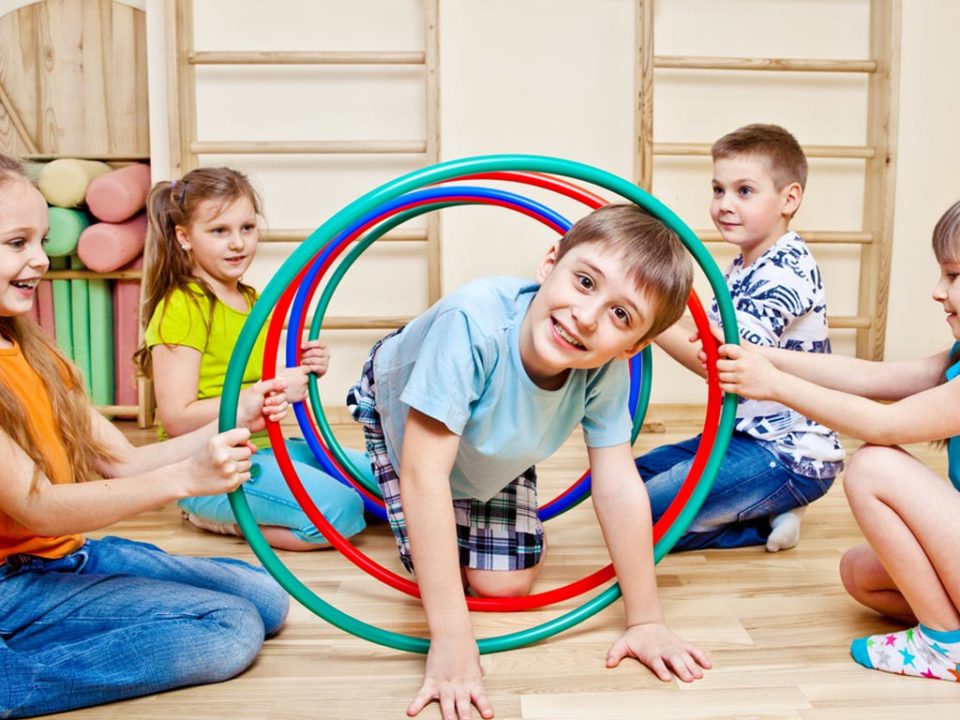With the evolution of modern technology, electronic devices have become the unfortunate norm to satisfy the attention of children in many households. The importance of active play has taken a back burner out of convenience. With the rise of childhood obesity, active play has become more important than ever for today’s children to encourage healthy development. Active play, which is physical play with short bursts of high energy, has a vital role in child development. When a child plays, it helps to develop his or her emotional, physical and cognitive well being and can set the tone for healthy habits as an adult.

A child’s confidence in themselves as well as confidence in the world around them is strongly built on active play. The motive to move encourages the confidence to move which makes the child competent and capable of moving. This is a cycle known as physical literacy. Essentially, a child in motion wants to stay in motion.
Structured and Unstructured Play
Children are sponges for knowledge and constantly want to learn new things every day. Active play encourages this with both structured fun such as basketball, soccer or hockey and unstructured fun such as playing in our bounce house or ball and foam pits. Both of these types of play encourage curiosity, confidence and growth in children. Structured play helps children follow patterns and meet a set goal whereas unstructured play encourages free thinking, creativity, and exploration.
Younger children, up to age 5, tend to prefer unstructured play. Children at this stage know basic rules but prefer to explore and free think during active play. This type of unstructured play encourages their creativity and imagination which builds their confidence. Climbing, jumping, balancing and exploring in a stimulating environment encourages physical literacy.
Older children through age 12 tend to prefer more structured play such as playing a game of basketball or hockey. However, it is still important for children at this developmental stage to have unstructured active play as well. Even with a structured game such as soccer, allowing a child to have “free time” to explore equipment provides growth and development as they are not bound by any rules or guidelines to the play. Both types of play encourage children to challenge themselves and learn what their bodies can do.
Parental Encouragement
A parent does not need to have the physical skills themselves to encourage active and confident play in children. However, the encouragement to participate in active play is a big factor in the amount of time and frequency that a child spends playing. Despite many families that have very busy lives which include work, school, homework and other after school activities, it is important to set aside time for active play. Not only does this dedicated time build a healthy physical lifestyle but it also promotes healthy relationships with peers, friends and family. This planned play also helps to build life skills such as setting and achieving goals, healthy competition and resolving disputes fairly.
Benefits of Active Play
In addition to building strong mental development during active play, children also reap physical benefits as well. Active play helps build healthy bones and strengthen muscles in addition to controlling weight. The play also helps fend off anxiety and depression by building confidence in one’s self and relationships with others and increasing self-esteem.
Contact Kids ‘N Shape to plan your next party or event for children of all ages. We’ll take care of all of your activities and guests to create a memorable day! You can also view our Open Session Calendar to plan your next visit.



Comments are closed.